Top marks to the BBC Breakfast team for #BBCMenopause. They have without doubt, raised the profile of and broken down taboos surrounding the menopause. The coverage has been interesting, informative and very much needed. I was delighted to be asked to give a contribution to the week and had a quick chat with Louise Minchin on the BBC Breakfast sofa about exercise and the menopause. There was so much more I wanted to say so here’s a blog on how exercise can help during the menopause, what type of exercise you should you do when you’re menopausal and what you can do to make exercising easier when the menopause gets in the way?
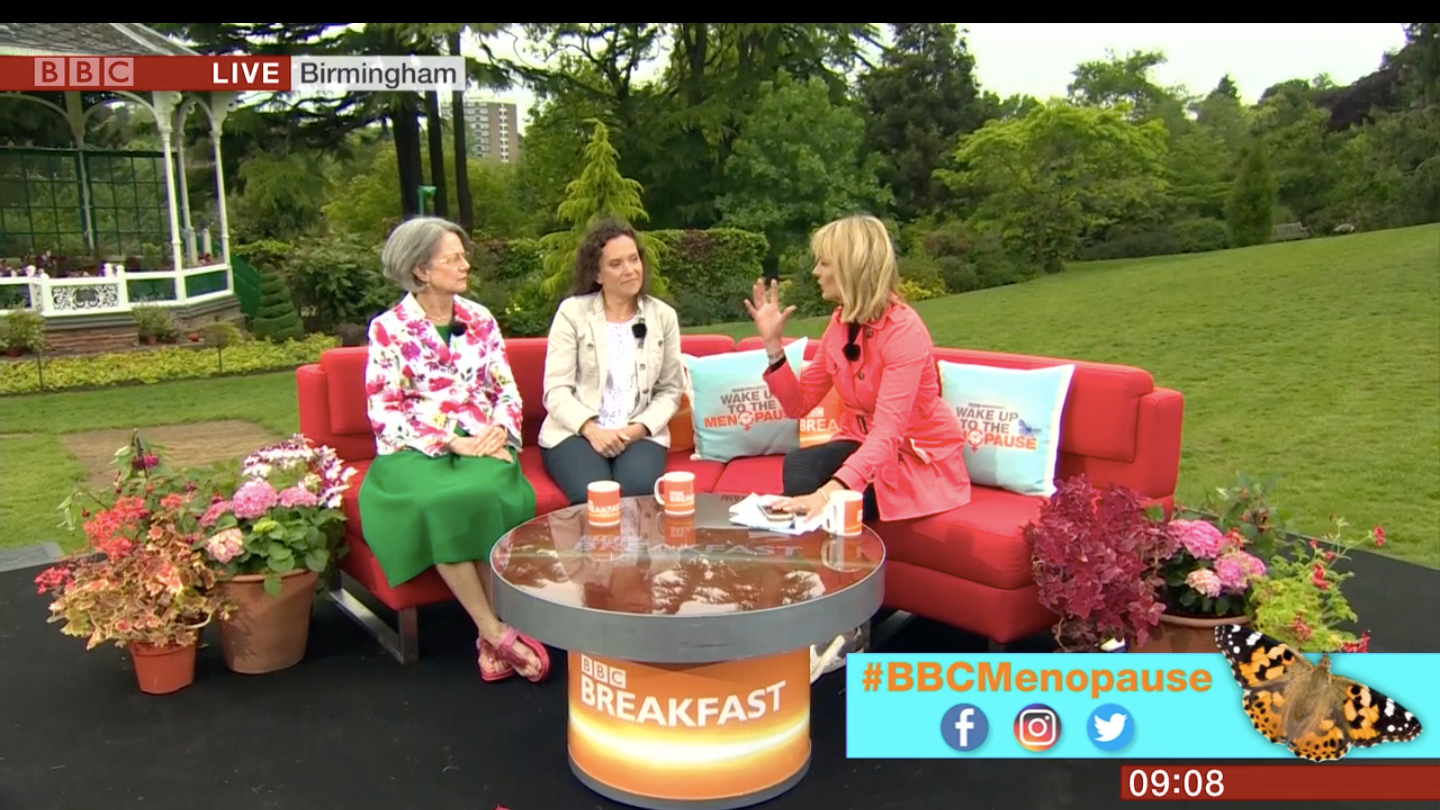
How can exercise help during the menopause?
- Exercise eases symptoms
Exercise is a really helpful tool for easing the many symptoms of the menopause. We heard during the week that women have identified over 35 symptoms that trouble them during this time. That’s a huge number and exercise is an effective way to help minimise many of them. It can be done by every woman, anywhere and without a doctor’s prescription, it can be free too. Joint pains, fatigue, bloating and headaches, to name a few, can all be reduced by exercise. There’s even some evidence that the frequency and intensity of hot flushes can be reduced in women who exercise. More studies need to be done to confirm exactly what type and how much exercise is needed for this purpose. Another common complaint is weight gain as the body’s metabolism seems to naturally slow down around the menopause. Exercise can help to control this through burning calories but also through building muscle to boost metabolism. Almost all the women and men that spoke during the week mentioned mood swings as a huge menopausal issue. I explained to Louise that the menopause is often a time when you don’t feel in control but exercise is one way that you can take back some control and have an influence over your mood. Low mood, irritability and anger can all be improved by exercise. It also helps you to focus and concentrate and clear the ‘brain fog’ that sometimes descends, partly by the feel good chemicals the body releases during exercise but also by its ability to improve sleep - Exercise future-proofs your body
Whilst it’s handy to know that exercise can relieve symptoms, it’s also crucial to realise that it will make a difference to your future health. Age is our biggest risk factor, ill-health and diseases simply get more likely as we get older BUT we can help to counteract this by leading an active life. A slow, quiet inflammation is an underlying cause for major diseases such as heart disease, diabetes and cancer. Exercise has an anti-inflammatory effect so by keeping active we can reduce inflammation and lower our risk of disease.
Bone and muscle mass also reduce as we age. They reach their peak around thirty years of age and then begin to fall with a big drop around the menopause. Most people have heard of osteoporosis, a condition where bone mass becomes very low and the risk of fracturing bones is high. Fewer people have heard of sarcopenia, where muscle mass is low. I’ve blogged previously about this important condition, you can read it here. We need muscles to keep our strength, help us balance and also because the myokines that muscles release have an anti-inflammatory effect in the body. Keeping our independence has to be high on most people’s priority list for the future. We probably don’t give a second thought to being able to rise from a chair, feel stable going up and down stairs or and being able to stop ourselves hitting the floor if we trip but in the future these thing become so much harder and can ultimately lead us to being dependant on others for our everyday needs. Action taken now to maintain our balance and co-ordination and strengthen bones and muscles can heavily influence our future – powerful stuff indeed.
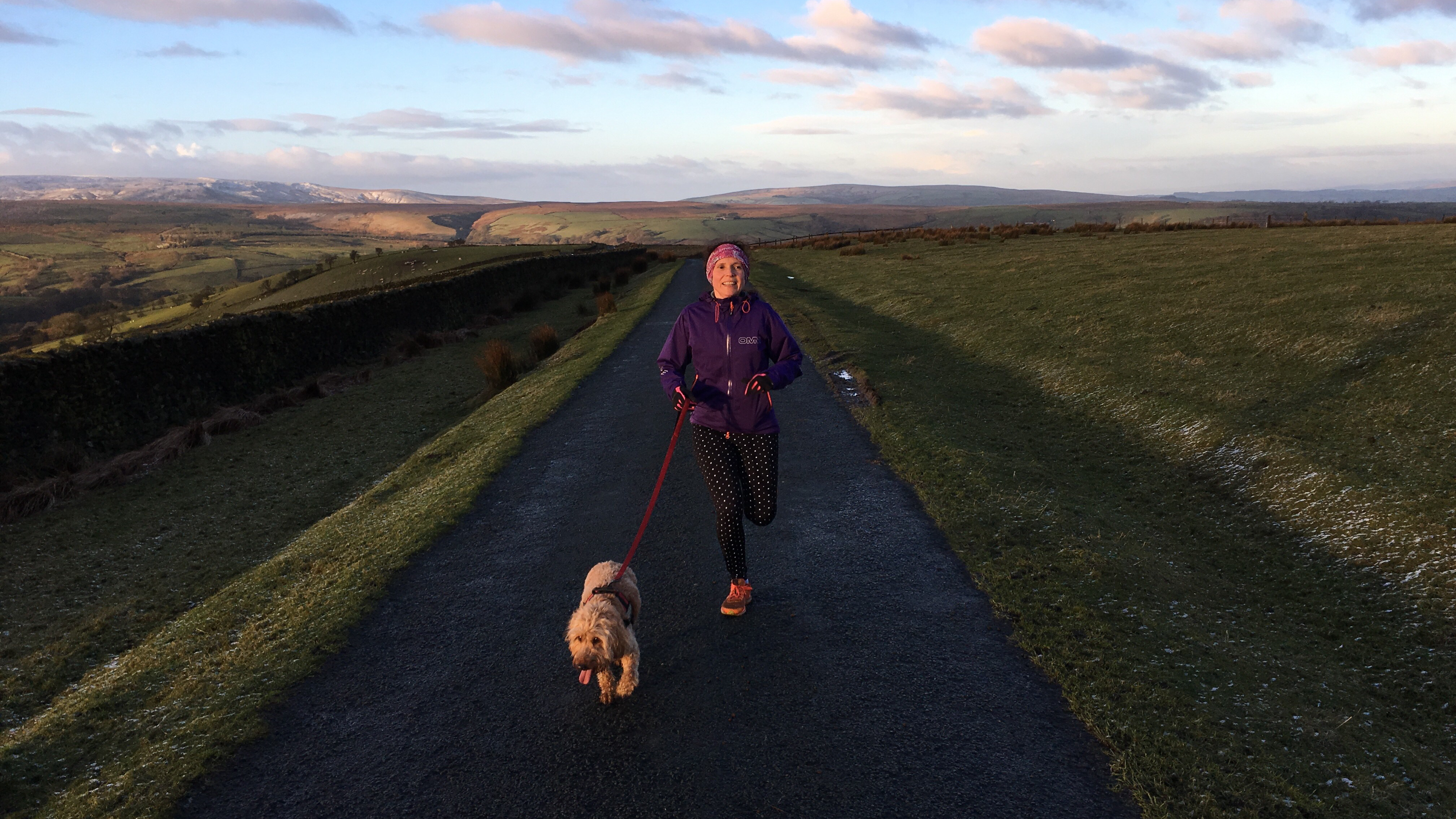
What type of exercise is best during the menopause?
My key message is whatever you enjoy! Exercise isn’t a bitter pill to swallow, it should be a source of joy, bringing adventure, friends and empowerment. It doesn’t need to be complicated or time-consuming either although when you find something you enjoy, you may discover that you’re creating more and more time slots to do it!
Stick with the Chief Medical Officer’s physical activity guidelines, they have everything covered and include a mixture of activities:
- 150 minutes a week of moderate intensity exercise that makes you feel a bit out of breath – this will give you the cardiovascular benefits of exercise and impact with the ground will help to strengthen bones too. If you increase it to vigorous intensity exercise when your breathing is fast enough to make talking difficult, then 75 minutes a week is needed
e.g. brisk walking, dancing, running, team sports, swimming, cycling, stair climbing - Muscle strengthening exercises on at least two days a week. As well as strengthening muscles, we know that exercise with weights or against the resistance of your own body weight will stimulate bone formation too. This muscle strengthening step is the one that is often missing from women’s routines, sometimes through fear of becoming bulky and often through not knowing where to start. It’s vital around and beyond the menopause and you should definitely introduce it to get the most health benefits you can from exercise
e.g. Gym, yoga, pilates, home exercises, carrying heavy shopping, gardening - Balance and co-ordination activities on at least two days a week. These are in the guidelines for over 65s but in my opinion this is too late. Prevention is better than cure and I’ve certainly witnessed a significant fall in women’s ability to balance and co-ordinate after the menopause. I suspect the guidance may change in due course, let’s see. Introduce this to reduce your risk of future falls
eg Tai Chi, home exercises, dance, yoga, stand on one leg while you brush your teeth! - Reducing sedentary time. There’s a natural tendency to think that as we age we should do less, are capable of less and need to sit more but really the reverse is true. Prolonged sitting will weaken our bones and muscles and increase our risk of diseases so being aware that we need to move around every half an hour or so is all we need to know and do.
When the menopause stops you exercising…
It’s clear to see the benefits of exercise and why it’s crucial around the menopause but it would be wrong not to acknowledge that this can be a really hard time of life to be active too. Heavy, often irregular periods, tender breasts, hot sweats, fatigue, joint pains, the list goes on, all make exercising difficult. This is alongside life and family commitments too. If you find it hard to motivate yourself to exercise generally, then this is only going to make it worse! Women who already exercise regularly can sometimes see a drop in their performance and become frustrated and disheartened at the way the menopause interrupts their hobby. So what can you do about it? Here are my tips:
- Don’t be too hard on yourself. Know that this isn’t your fault. Some days will be better than others. Enjoy the good days but don’t beat yourself up about the bad. There will be an end to it!
- Use social exercise. Make plans with friends and enjoy group exercise. Chatting and encouraging each other can help when you need help to overcome your barriers, gain some motivation or share your feelings
- Mix it up. If you don’t feel up to a high intensity cardiovascular workout, then switch to something else that day. Get some muscle strengthening and balance skills with a Pilates class; it’ll still do you good, especially if you tend to skip those activities. Try something entirely new to inject some fun and exploration
- Look at the bigger picture. This is a great time of life to make sure you’re making the most of lifestyle choices and overhaul things if necessary. Crank your nutrition up a bit, try to get some extra sleep and wherever possible, reduce your stress levels. If your menopausal symptoms aren’t controlled, then see your GP. You can discuss whether HRT is suitable for you, whether talking therapies such as CBT might benefit you or work out if individual symptoms such as heavy bleeding can be resolved in a different way. Don’t suffer in silence, your doctor will want you to be active because they know the benefits are immense.
BBC Breakfast have started the conversation but it’s up to us to carry it on. Talk to your friends, your family, your employer. Let’s normalise the menopause.
There’s much more about the menopause – a whole chapter in fact- and lots of solutions to your exercise barriers to help you lead a happy and active life, in my book Sorted: The Active Woman’s Guide to Health. Published by Bloomsbury and awarded First Place in the Popular Medicine category at the British Medical Association Medical Book Awards 2018.

Featured Image: Gratisography. Rest: drjulietmcgrattan.com




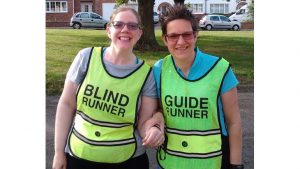

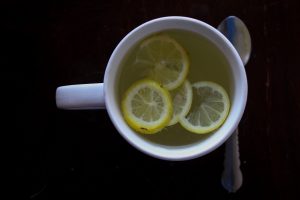
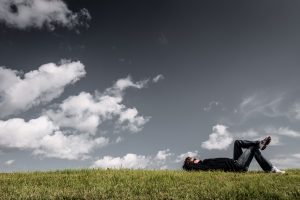
Love this! So important to share these messages. We’ve hopefully got a lot of life left after the menopause and we need to live it as healthily as possible.
Totally – only half way through life hopefully!
This is really interesting and clear. Is there any guidance on length of exercise sessions for the 150 mins? e.g. if you did 10-12 mins twice a day is that more/less effective than doing 3 x 50 minute sessions a week?
Hi Catherine, thanks for reading. This is a really good question! The guidelines used to say 5×30 mins but for many that sounds and feels unachievable so the focus is now on letting people know that there are health benefits to just ten minute blocks. That means more people are likely to reach the 150 min target. It’s generally felt to be better to spread exercise out over a week rather than to ‘binge’ exercise. There are however also benefits from longer exercise sessions too. I think it’s more about what you do when you aren’t exercising. For example if you are very sedentary generally then the shorter bursts might be better to get you up and moving more day to day. If you’re pretty active anyway then the longer ones fine. Remember 150 mins is the minimum really so planning the longer ones and then throwing in a few shorter 10 min brisk walks is ideal.
Hope that helps!
What a great post! You’re quite encouraging. I’m a big fan of exercise.
Thank you Elizabeth, I’m a big fan too but sometimes still need a boot out of the door!
For me the challenge was managing my new energy level post a surgical menopause. I needed to reorganise my workflow, and wr downsized our stuff to reduce cleaning. Mission accomplished! The plus side is that despite our busy lifestyle, we are walking, reading and relaxing a lot more. It’s been good.
What a positive way to deal with things. Assess what you can do and then re-jig your life to fit with it – fabulous. Wonderful you are relaxing more and all is good!